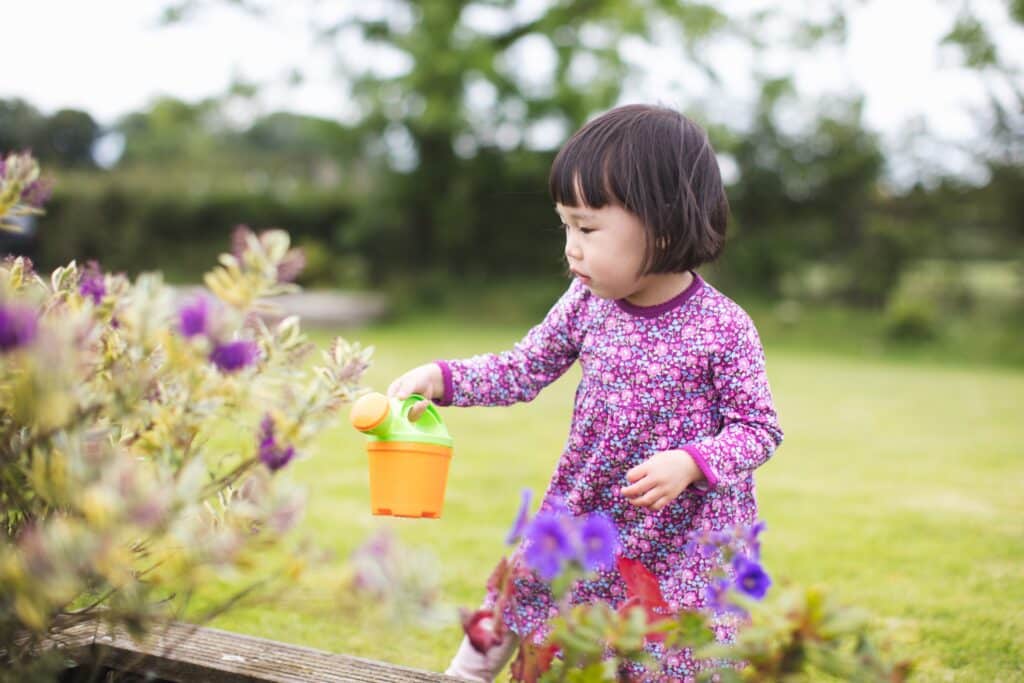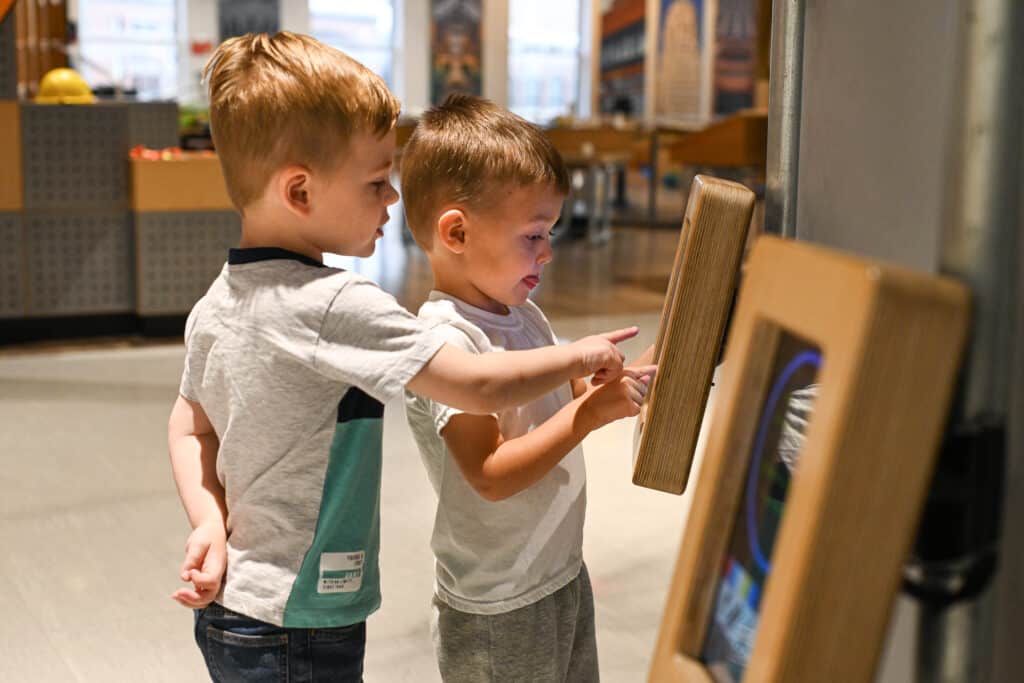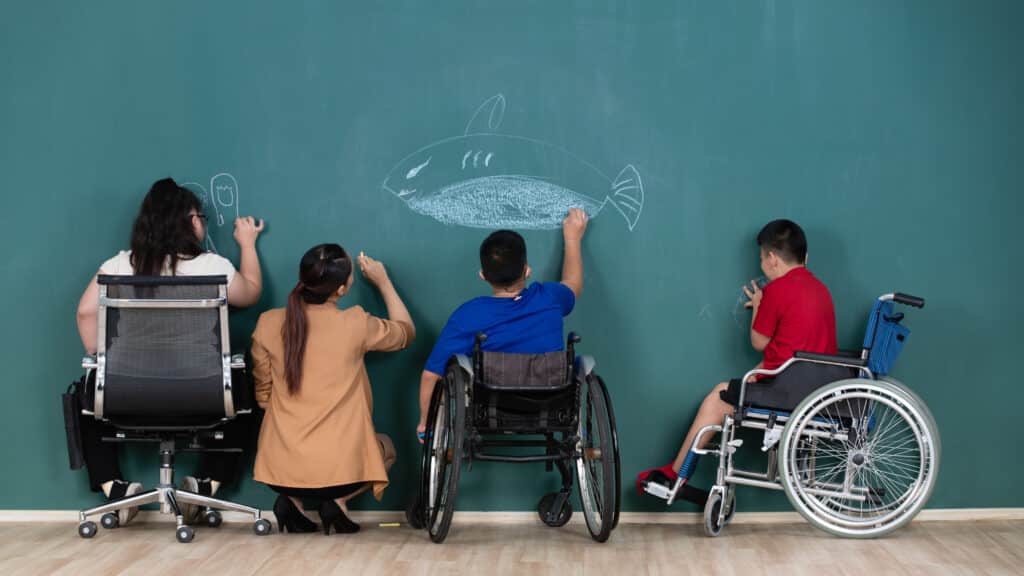by Annie Savinon
Did you know that the month of April celebrates National Garden Month, Keep America Beautiful Month, and Earth Day?! These are all wonderful additional reasons why we should look around when we are outdoors and appreciate the natural beauty the world has to offer us!

National Gardening Month originally came from one of our past Presidents, Ronald Reagan, who declared April 12th -18th as National Gardening Week. Keep America Beautiful Month was founded by both the Girl Scouts and Boy Scouts of America.
And last but not least, Earth Day was first celebrated in the year 1970, when a US senator from Wisconsin organized a national demonstration to raise awareness about environmental issues. I love the different history between all of these holidays, all celebrated in the same month! I know this is fitting for us Buffalonians, as we long for the April sun after getting through another chilly winter!
In honor of an amazing month, what can we do to recognize these special holidays with our little ones?! Here are some no-preparation ideas you can plan into the month:
- Visit a different park once a week. While there, make up a scavenger hunt! This scavenger hunt may include finding rocks, pinecones, and leaves!
- When recycling, explain to your little one what you are doing, and why you are doing so. Explain how our garbage can be separated into different groups, and how some groups can be reused, and others cannot.
- Take your lunch to-go! Put your lunch in a to-go bag and eat outside. Observe the temperature, weather, and animals you see while eating.
- Windy day? Fly a kite!
- Break out that chalk from last summer and draw spring flowers all over the sidewalk.
- Come celebrate Earth Day with us at the Museum, with fun activities to kick off your spring, on Saturday, April 22nd!




